Traditional beverages are drinks that have been prepared and consumed for many generations in a country or region.
Such drinks have strong connections with the corresponding culture or cuisine through the use of typical ingredients and preparation techniques. They don’t have to possess an ancient history to be considered traditional.
Scroll down to learn more about time-honored drinks. I will highlight their distinctions from traditional drinks, cultural and historical significance, key ingredients, and common preparation methods.
In addition, you will also learn about social customs in drinking, drinking etiquette, and modern adaptation and future of traditional drinks.
As you process the information, don’t hesitate to use the interactive filters to process the facts more easily.
Traditional Beverage Images
List of Traditional Beverages with Filters

Ayran is a Turkish cold drink made from yogurt, water, and salt.
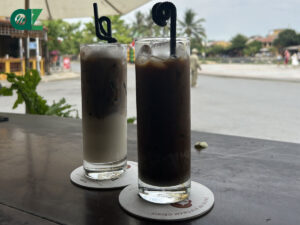
Bạc xỉu is a sweet Vietnamese coffee due to it contains more milk than coffee.

Cà phê đá is a strong Vietnamese iced coffee known for its robust and bitter flavor due to Robusta beans.
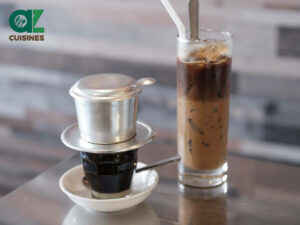
Cà phê sữa đá is a traditional Vietnamese iced coffee sweetened with condensed milk and served over ice.
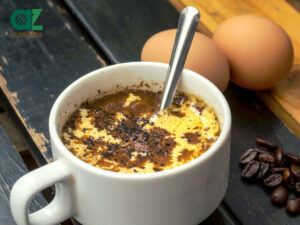
Cà phê trứng is a Vietnamese coffee topped with a creamy, sweet blend of egg yolk and condensed milk froth.
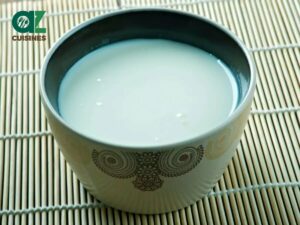
Chal is a Central Asian beverage made by fermenting camel milk.
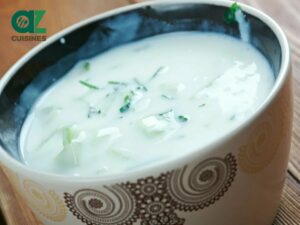
Chalap is a traditional drink made from local yogurt in Central Asia.

Jarma is a Kyrgyz beverage made by cooking ground and fried cereals in water and adding liquid yogurt.

Kazakh wine refers to wine in Kazakhstan.
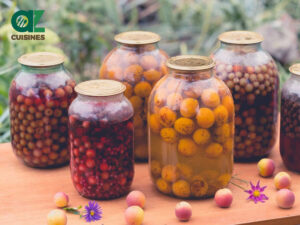
Kompot is a popular European drink made by simmering fruits in sweetened water.

Kumis is a fermented beverage made from mare milk in Mongolia and Central Asia.
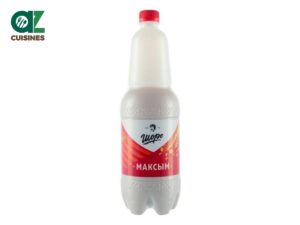
Maksym is a Kyrgyz beverage made by boiling cereals in water and letting them ferment for a short time.

Nước chanh muối is a Vietnamese non-alcoholic beverage made with pickled limes, water, and optional sweeteners.
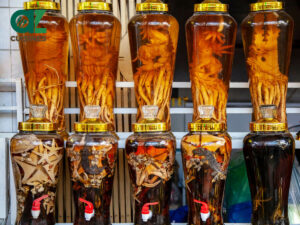
Rượu is a Vietnamese alcohol that ranges from rice-based spirits to fruit wines, reflecting regional flavors and fermentation methods.
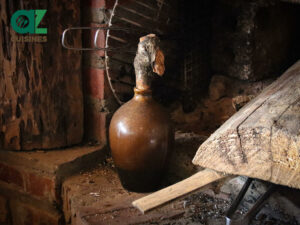
Rượu cần is an indigenous Vietnamese wine fermented in jugs for a month and enjoyed through a long straw.
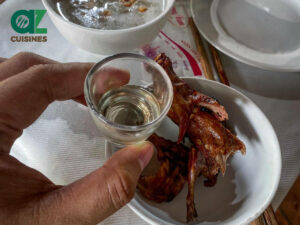
Rượu đế is a traditional Vietnamese spirit, typically distilled from rice or other grains with a high alcohol content.

Shirchoy is a type of milk tea in Uzbekistan that is often featured as a part of a breakfast meal.
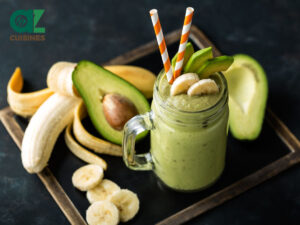
Sinh tố is the Vietnamese version of smoothie, usually made from pureed fruits, fresh milk, and condensed milk.
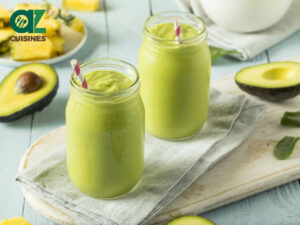
Sinh tố bơ is the Vietnamese version of avocado smoothies, sweetened with condensed milk and fresh milk.

Sữa đậu nành is the Vietnamese version of soy milk, a type of plant milk derived from soybeans.

Tea in Central Asia is a respected hospitality symbol, traditionally served in a “piala,” with regionally varied preferences in types.
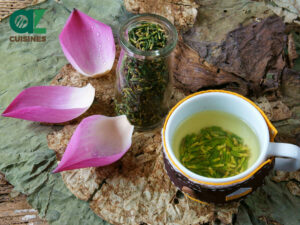
Trà is a drink made by steeping leaves, buds, or branches of the tea plant (Camellia sinensis) in hot or boiling water.
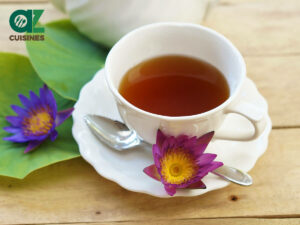
Trà sen is a Vietnamese lotus tea known for its delicate and fragrant flavor of lotus flowers.
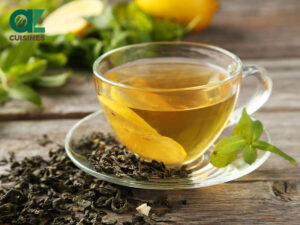
Trà xanh is a Vietnamese green tea known for its delicate flavor and numerous health benefits.

Vodka is a clear distilled spirit, primarily made from water and ethanol, with origins in Russia, Sweden, and Poland.
What Are the Differences Between Traditional and National Beverages?
Below are the 4 factors distinguishing traditional beverages from national ones: symbolic representation, official recognition, number, and varieties.

Traditional Beverages
Symbolic Representation:
Important to the country’s cultural heritage but not symbolic
Number:
Can range from few to many, depending on the country.
Varieties:
Can be available in many variations.
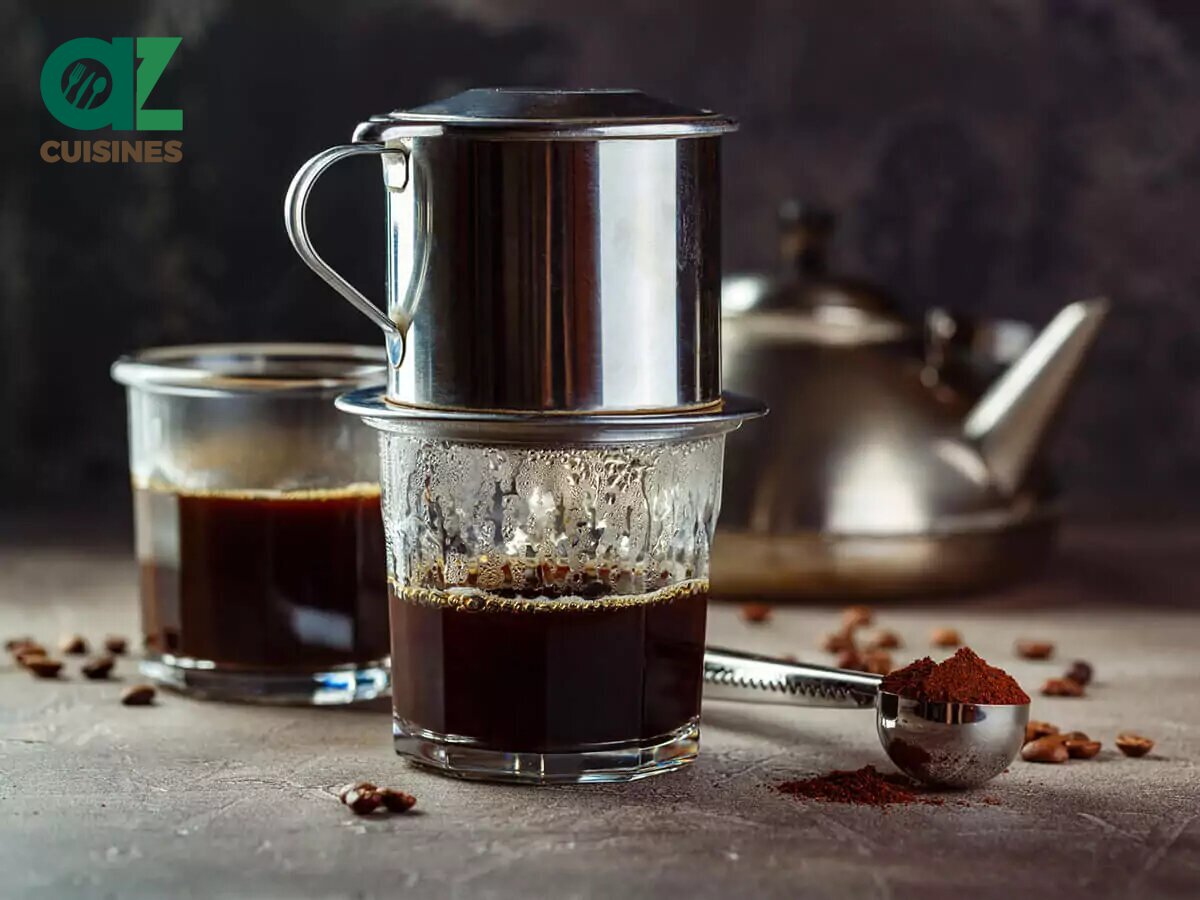
Symbolic Representation:
Considered a symbol of the country
Essential to the nation’s self-image to the point of representing national identity.
Number:
Always few (due to the strict requirements for national status).
Varieties:
Often uniform throughout the country.
You now know about the basic features of traditional drinks, but are you aware of their significance in culture and history? Continue reading to discover the answer.
What Is the Cultural and Historical Significance of Traditional Beverages?
Most countries around the world attribute many cultural and historical meanings to their traditional drinks, which I will tell you about shortly.
Cultural Identity and Heritage
Traditional beverages are vital to cultural identity, serving as a way for communities to connect with their heritage and pass down traditions from generation to generation.
Historical Significance
Many traditional beverages are associated with interesting stories about the past, such as trade, conquest, cultural acceptance, adaptation, etc.
For instance, the history of coffee in Vietnam is intertwined with the history of how Vietnamese people embraced French cuisine yet resisted colonialism.
Social Functions
In many cultures, traditional beverages play a central role in social functions and gatherings. They are often integral to ceremonies, festivals, and celebrations.
During those occasions, people consume drinks and converse in light or serious matters. Beverages are an effective social lubricant that reinforces the bonds and ties between community members.
Economic Impact
The production and trade of traditional beverages often contribute to the livelihoods of communities and can be a source of economic revenue.
Medicinal Uses
Some traditional beverages boast medicinal properties that can help improve the consumer’s health and wellness. Popular examples are herbal teas and infusions.
Art and Craftsmanship
The preparation of traditional beverages can be an art form, such as tea ceremonies in various cultures.
Tourism and Education
Traditional beverages can attract tourists and educate people about different cultures and histories. For instance, visiting Central Asian teahouses is a must for many travelers.
Next, let’s look at how a country’s typical drinks are shaped by its geography and climate.
How Do Geography and Climate Influence Traditional Beverages?
Here is a brief explanation of how geographical and climatic factors influence drinks in popular regions around the world.
Availability of Ingredients
The climate and soil conditions of a region determine what kinds of crops to grow or cattle to rear, resulting in different beverages.
Adaptation to Environmental Conditions
In hot climates, people tend to go for refreshing and often iced beverages like iced teas, cold beers, or fruit juices. Conversely, in colder regions, warm and rich drinks are more common.
People in many regions prepare fermented drinks for long-term storage, using ingredients specific to their localities, such as live cultures for yogurt-based drinks or yeast for rice liquor.
Regional Varieties of Traditional Drinks
Traditional drinks can vary significantly from one region to another in the same country due to the circumstances imposed by geography and climate.
After this overview of traditional beverages, why don’t you delve into the features of specific countries? Let’s start with the principal ingredients.
What Are the Traditional Beverages By Countries?
There are numerous traditional beverages in different countries, but don’t worry, I will give you some most common names in many nations.
- Argentina: Mate
- Belgium: Jenever
- China: Green tea, baijiu
- France: Kir, cognac, champagne
- Germany: Apfelschorle, schnapps
- India: Masala chai, lassi
- Italy: Espresso, prosecco
- Japan: Sake, matcha
- Kazakhstan: Kumis, chal
- Mexico: Tequila, mezcal
- Russia: Vodka, kvass
- South Korea: Soju, corn tea
- Spain: Sangria, sherry
- Turkey: Tea, raki
- United Kingdom: Ale, cider
- United States: Bourbon, craft beer
- Uzbekistan: Ayran
- Vietnam: Cà phê đá, cà phê sữa đá, trà
Next, you will discover what popular techniques to prepare these drinks.
What Are Common Preparation Methods for Traditional Beverages?
Here is an overview of the techniques people in different countries employ to make traditional drinks.
- Fermentation: This is a key process in making a variety of traditional alcoholic beverages like wine, beer, and spirits. Fermentation involves the conversion of sugars into alcohol and carbon dioxide by yeast.
- Distillation: It is used in the production of spirits such as whiskey, vodka, and rum. The process involves heating a fermented liquid to create vapor and then cooling that vapor to create a liquid with a higher alcohol concentration.
- Brewing: Common in making tea and coffee by steeping the crushed or ground beans or leaves in hot water to extract flavors.
- Boiling/Simmering: Often used in the preparation of spiced drinks such as masala chai, kompot, etc.
Choosing the right preparation techniques is important, but following proper drinking customs in the respective culture is no less crucial. Read on for more information!
What Are Popular Social Customs in Drinking?
Drinking customs and rituals play a significant role in various cultures around the world, often serving as a means of social bonding, celebration, and tradition.
Here’s an overview of some popular social customs related to drinking in various cultures around the world.
Rituals and Celebrations
In many cultures, certain beverages have a sacred significance and are featured in various special occasions, such as festivals and weddings.
Tea and Coffee Enjoyment
In addition to enjoying tea and coffee on their own, many people prefer to serve them with suitable snacks and desserts, such as dried fruits and pastries specific to cuisines.
Alcoholic Beverages in Communal Gatherings
Alcoholic drinks, such as wine, liquor, and beer, are excellent for enlivening the atmosphere of meetings, encouraging conversations, and strengthening the bonds between people.
As a result, alcohol is widely consumed in various cuisines.
The enjoyment of alcoholic beverages usually necessitates observing a few rules of etiquette.
What Are the Common Rules of Drinking Etiquette?
While drinking etiquette can vary significantly from one culture to another, there are several rules followed in many countries. I will list them below to help you expand your understanding.
Drinking in a Group
Drinking is often taken up as a communal activity, with emphasis on camaraderie and hospitality.
Toasting Before Drinking
In many countries, people usually toast before drinking alcoholic beverages. Toasting mainly occurs in a group setting.
A toast can either only involve saying or shouting a simple expression in unison or be very elaborate and meaningful.
No Refusing Drinks for Guests
Entertaining guests with tea, coffee, or even alcoholic beverages is a common gesture of hospitality and goodwill in many cultures, and refusing this serving can be regarded as impolite.
However, declining a beverage in other settings, such as in a round of drinks, can be acceptable.
Showing Respect for Elders or Superiors
Many cultures, especially those in Asia, demand showing respect to someone older or of higher status when drinking.
Doing so typically involves offering beverages to them first or using both hands when receiving a drink or clinking glasses.
These rules have long been in use, and they will still be relevant in the culture, even when traditional drinks undergo new changes and trends.
What Are the Modern Adaptations and Trends for Traditional Drinks?
The future of traditional drinks in the modern world is a blend of innovation, health consciousness, and a revival of old techniques. Let me go into detail.
Craft and Artisanal Approaches
Traditional drinks are becoming a focus of craft producers, who combine small-batch production, using high-quality, handcrafted techniques, and local ingredients.
Accompanying this trend is a growing interest in rediscovering historical recipes and innovating them with a modern twist.
Health and Wellness Focus
More and more people are turning toward healthier versions of traditional drinks that use natural ingredients (especially sweeteners) or health-boosting components like probiotics and superfoods.
Sustainability and Ethical Production
Sustainability will be a hallmark of future beverages, with such criteria as organic production, carbon footprint reduction, fair trade sourcing, and environmentally friendly packaging.
Ready-to-drink (RTD) Formats
Many traditional drinks have been adapted into convenient, ready-to-drink formats to suit modern consumers with busy lifestyles.
By this point, you are already knowledgeable about traditional beverages in general, but I still have a few things to tell you in the FAQs section.






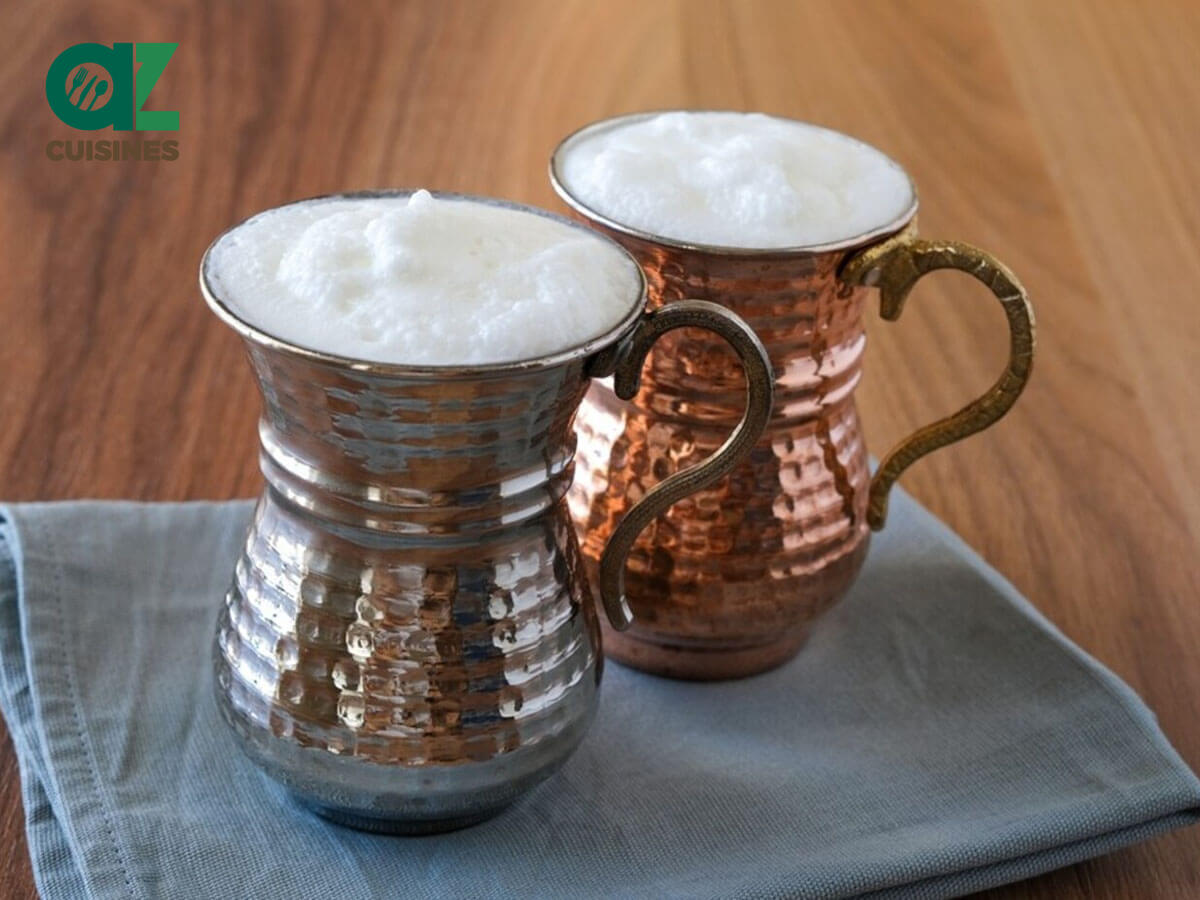
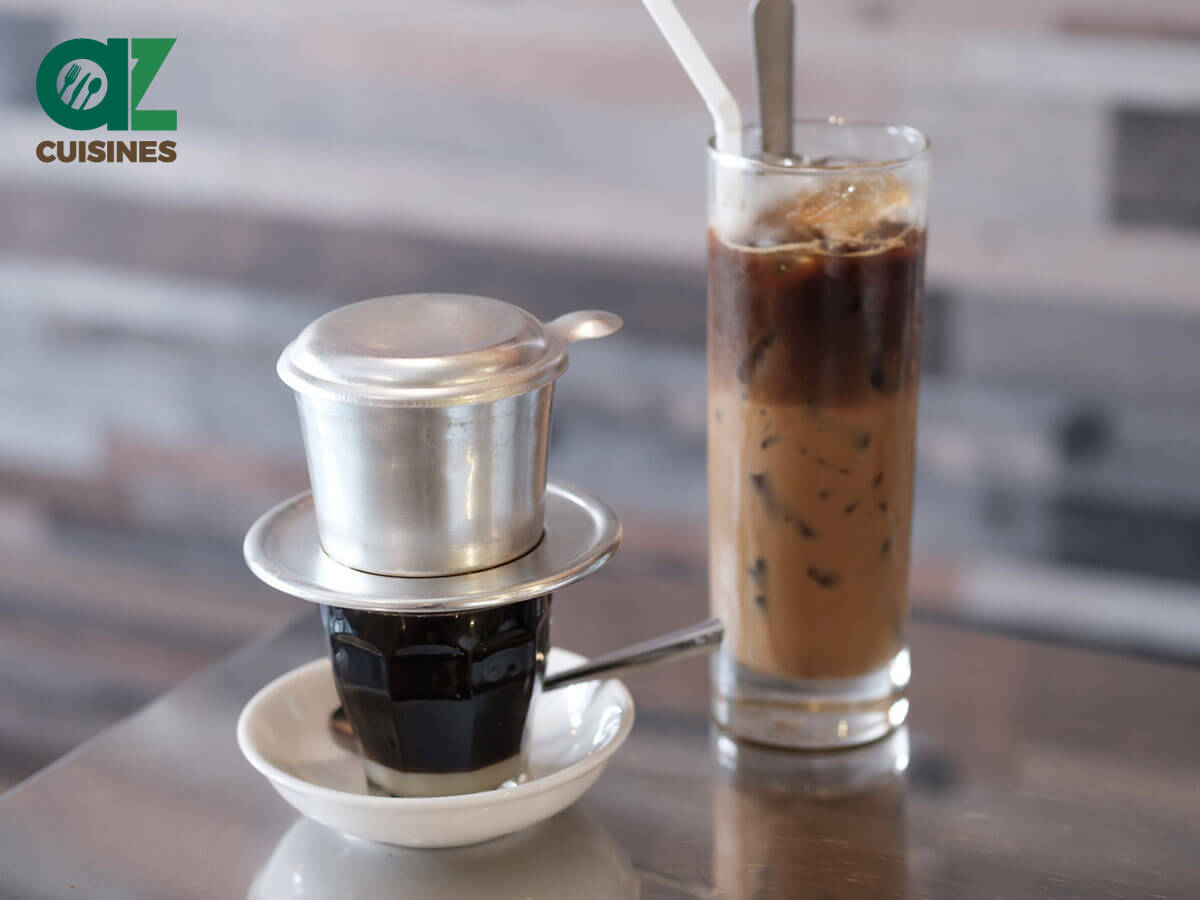
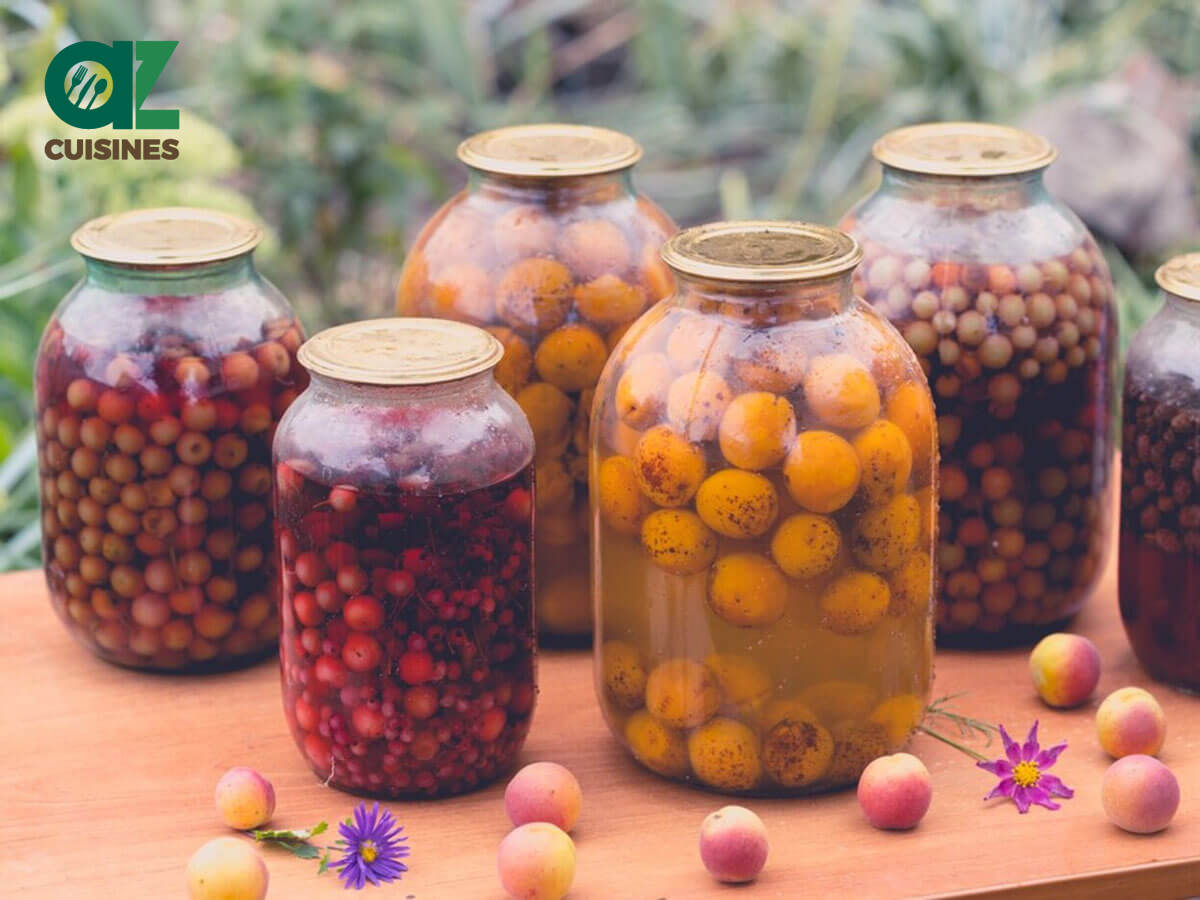
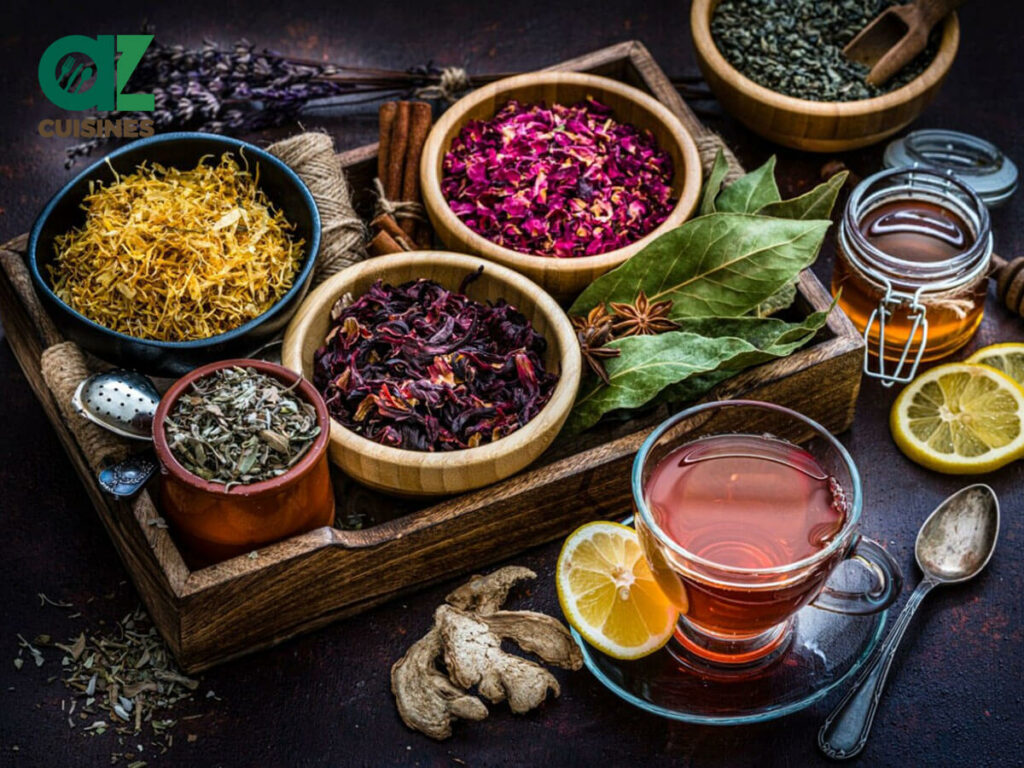

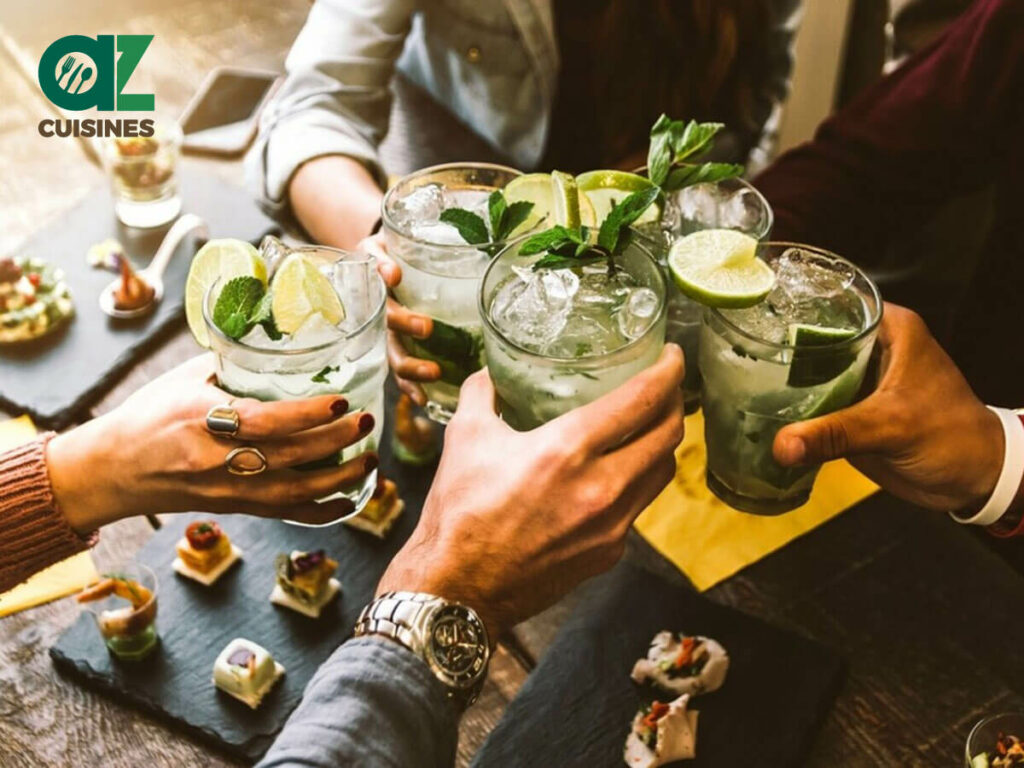
Adam Sam
Senior Food and Drink Editor
Expertise
Food Writer & Recipe Developer, Recipe Tester, Bartender, Cooking-video Maker, Editor In Chief
Education
Adam Sam, an experienced food writer and recipe developer, is passionate about blending diverse culinary traditions, national dishes, and innovative beverages, showcasing his proficiency in both traditional and modern recipe testing.
As the Editor-in-Chief, he elevates culinary content from street food to fine dining, focusing on Western cuisine and types of drinks at azcuisines.com, and is professional in creating engaging cooking videos that simplify complex dishes and ingredients.
His passion for food is evident in his writing, where he uniquely merges various cultures, traditions, and contemporary trends, skillfully combining classic recipes with modern cooking methods.